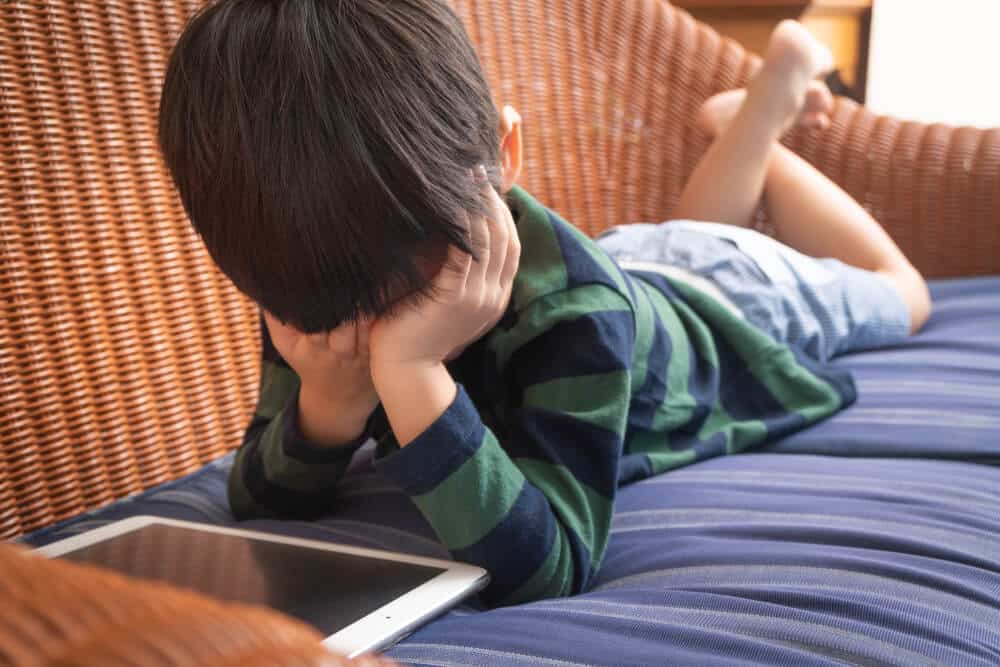Children today spend more time in front of screens than any previous generation. Whether it’s for online learning, entertainment, or social interactions, screens are an unavoidable part of daily life. While technology brings many benefits, it also comes with risks—especially for young eyes that are still developing. Excessive screen time affects kids’ eye health in ways that can lead to long-term vision problems, discomfort, and other health issues. Understanding these risks and how to prevent them is essential for parents and caregivers.
How Does Screen Time Affect Kids’ Eyes?
Digital Eye Strain: The Immediate Impact
One of the most common effects of prolonged screen use is digital eye strain, sometimes referred to as computer vision syndrome. This condition can cause:
- Dry, irritated eyes
- Blurry vision
- Headaches
- Difficulty focusing
- Increased sensitivity to light
Children often don’t realize they are experiencing eye strain until symptoms become severe. Unlike adults, kids may not take breaks on their own, making it crucial for parents to monitor their screen habits.
Increased Risk of Myopia (Nearsightedness)
Studies have shown a direct link between excessive screen use and a rise in myopia among children. Nearsightedness occurs when the eye grows too long, causing distant objects to appear blurry. Research suggests that spending long hours on screens, especially at close distances, increases this risk. Less time outdoors has also been linked to worsening vision, as natural light exposure helps slow myopia progression.
Blue Light and Sleep Disruptions
Screens emit blue light, which can interfere with melatonin production, the hormone responsible for sleep regulation. When kids use screens, especially before bedtime, it can delay sleep onset and reduce overall sleep quality. Poor sleep not only affects eye health but also impacts cognitive development, mood, and overall well-being.
Signs That Screen Time Is Affecting Your Child’s Eyes
It’s important for parents to recognize the warning signs of screen-related eye problems. Some common indicators include:
- Frequent eye rubbing or blinking
- Complaints of eye pain or tiredness
- Difficulty concentrating after using screens
- Holding devices very close to the face
- Squinting or complaining of blurry vision
If these signs appear regularly, it may be time to adjust screen habits and schedule an eye exam.
How to Protect Kids’ Eye Health from Screen Time Effects
Follow the 20-20-20 Rule
Encourage children to take regular breaks using the 20-20-20 rule: every 20 minutes, look at something 20 feet away for at least 20 seconds. This helps reduce eye strain and allows the eyes to relax.
Limit Screen Time When Possible
While screens are often necessary for school and communication, setting limits on recreational screen use can help protect vision. The American Academy of Pediatrics recommends:
- No screen time for children under 18 months (except video calls)
- One hour per day for kids aged 2-5
- Consistent screen time limits for older children, balanced with outdoor activities .
Encourage More Outdoor Play
Spending time outdoors has been shown to help prevent myopia. Natural sunlight plays a key role in healthy eye development. Encourage at least 60 minutes of outdoor play each day to support vision health.
Adjust Screen Settings and Lighting
Simple adjustments can make a big difference in reducing eye strain. Try:
- Lowering screen brightness to match room lighting
- Using blue light filters or night mode on devices
- Increasing text size to reduce the need for squinting
- Positioning screens at eye level, about 18-24 inches away
Schedule Regular Eye Exams
Routine eye exams are essential to catch any vision problems early. Pediatricians recommend a comprehensive eye exam by age three, followed by regular checkups as needed. If your child spends a lot of time on screens, it’s a good idea to discuss this with their eye doctor.
Final Thoughts

Screen time affects kids’ eye health in ways that parents should not overlook. Digital eye strain, myopia, and sleep disturbances are growing concerns in a world where screens are part of everyday life. By setting limits, encouraging outdoor time, and ensuring regular eye checkups, parents can help protect their child’s vision and overall well-being. Technology is here to stay, but with the right strategies, its impact on eye health can be minimized. Contact Art of Optiks today to learn more about protecting your child’s eyesight

